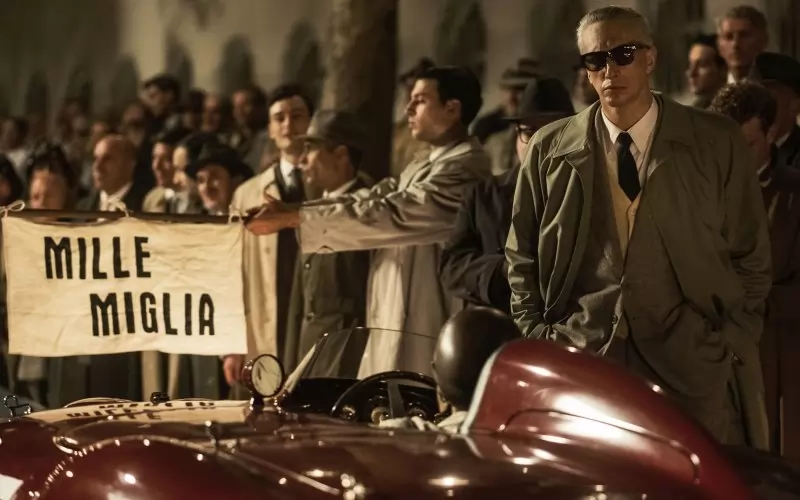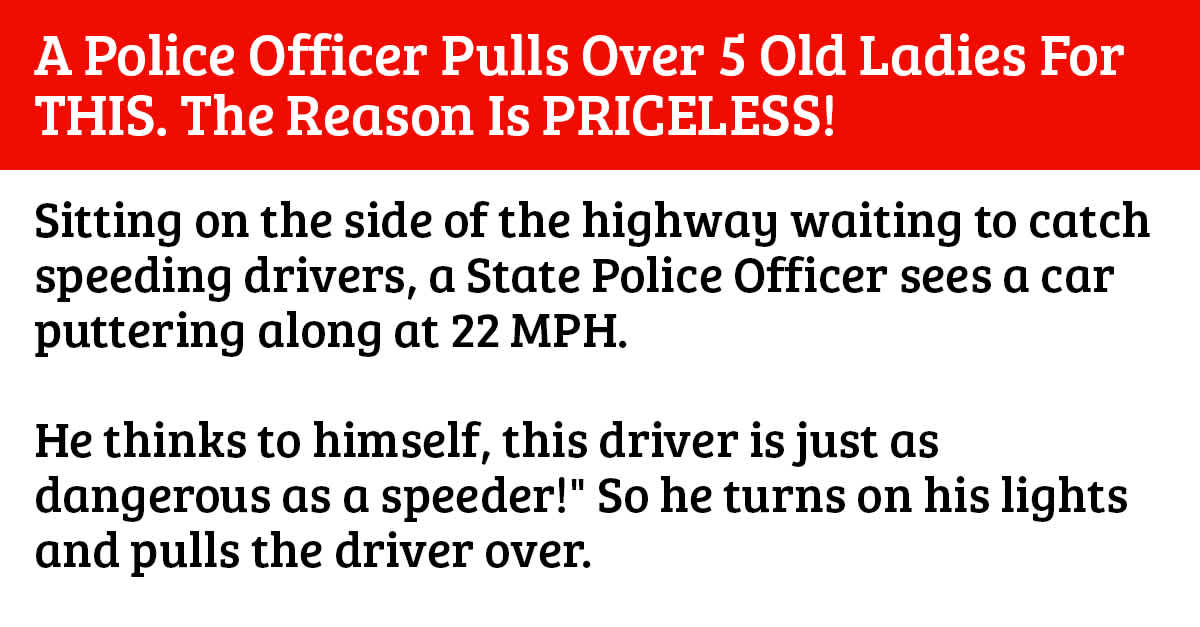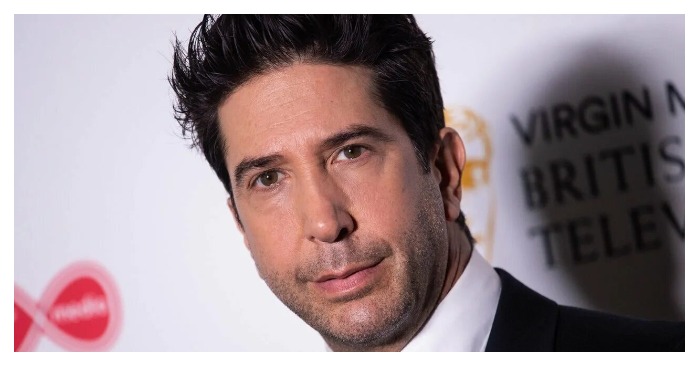Mann vs Ferrari

The director of “Zhega” reveals unsuspected sides of the man behind the red car
“If you make a child draw a car, he will draw it red”. According to Ferrari folklore, this was the brainchild of Enzo, the man behind the legendary red car. If there’s a mythical figure in motorsports, it’s him. Michael Mann puts him at the center of the film’s narrative – after two decades of production pains (screenwriter Troy Kennedy Martin is no longer alive), the adaptation of Brock Yates’ biographical book “Ferrari – the Man, the Cars, the races, the machine” is finally a fact. In the role previously envisioned over the years for Christian Bale and Hugh Jackman, Adam Driver has yet to shake off the Italian accent and impeccably tailored suits of another real-life Boots character, Maurizio Gucci.

News of the last hour: the director announced that he is working on “The Heat” 2, and Driver will play one of the main roles in the sequel. “Heat” is the emblematic film in Michael Mann’s long career. Its big hit was that it brought Pacino and De Niro together in front of the camera at a time when they were still at the height of their fame and creative powers. (Well, then so did the New Boyana Cinema Center in a film that is far from a masterpiece.) The Last of the Mohicans, Inside Man, The Accomplice, Public Enemies, Miami Vice – fans don’t miss his movie. But over the years they became weaker and weaker, and the bottom hit “Hacker” eight years ago. After a long silence, the master of cadence, neon filters, and close-ups returns to record the very finale in the year of veterans. There is no other in history like 2023, in which half a dozen of the biggest and most anticipated productions were the work of directors over the age of 80.
Maybe that’s why Ferrari is an old-fashioned movie, for better or for worse. It takes place in 1957, but it could easily have been filmed sometime in the 70s. Not just because of the careful, meticulous recreation of the era; the way Mann suppresses the urge for action and brings to the fore the family drama bubbling beneath Enzo’s public polish makes Ferrari a film unlike any we’ve seen this year. This is not necessarily a plus: sometimes the viewer wants this soap opera with the two women to go into the background to see more and more adrenaline shots with the brand’s inspiring red cars. And indeed, for a film about the world’s fastest car, Ferrari is at times frustratingly pedestrian. But it is made meaningful by magnificent acting performances (Penelope Cruz in another role of a fiery, neglected wife, ready to shoot not only at the wall), by the shots like paintings that the director creates in collaboration with Eric Messerschmitt (Vail and the aesthetics of “Mank” and “The Killer” for David Fincher). Cruz is the most delightful presence in the Ferrari team, though Adam Driver gives another serious and convincing performance, and Patrick Dempsey and Gabriel Leone fill their brief roles as Ferrari drivers in an era when going to a race is like going to war.
The first two hours build up Mann’s usual sleepy tension. The ending of the film is its point. The Mille Miglia rally, 1,000 miles on the roads of Italy, enters its final deadly edition. It involves five people from Ferrari, and at stake is the future of the company, facing bankruptcy only ten years after its foundation. The denouement is tragic as the overall tone of the film is minor. The triumphs are hinted at only in the explanatory captions, adding factuality to what is shown on the screen: this is not a story about success but about its cost. The illegitimate child of Enzo Ferrari-Piero, today is the heir to the automobile empire, and “Ferrari” was created with his approval and support. No matter how glorious a past, someone always has an account of it.



